I often mention in my posts about the so-called "mixed bird flock". So what is it and who is it?
After the summer, when the nestlings can already fly, as well as the case is approaching autumn, the birds begin to slowly unite with other species of birds. Of course, from the very beginning these are very small flocks, 3-5 birds each, but over time the number of birds grows.
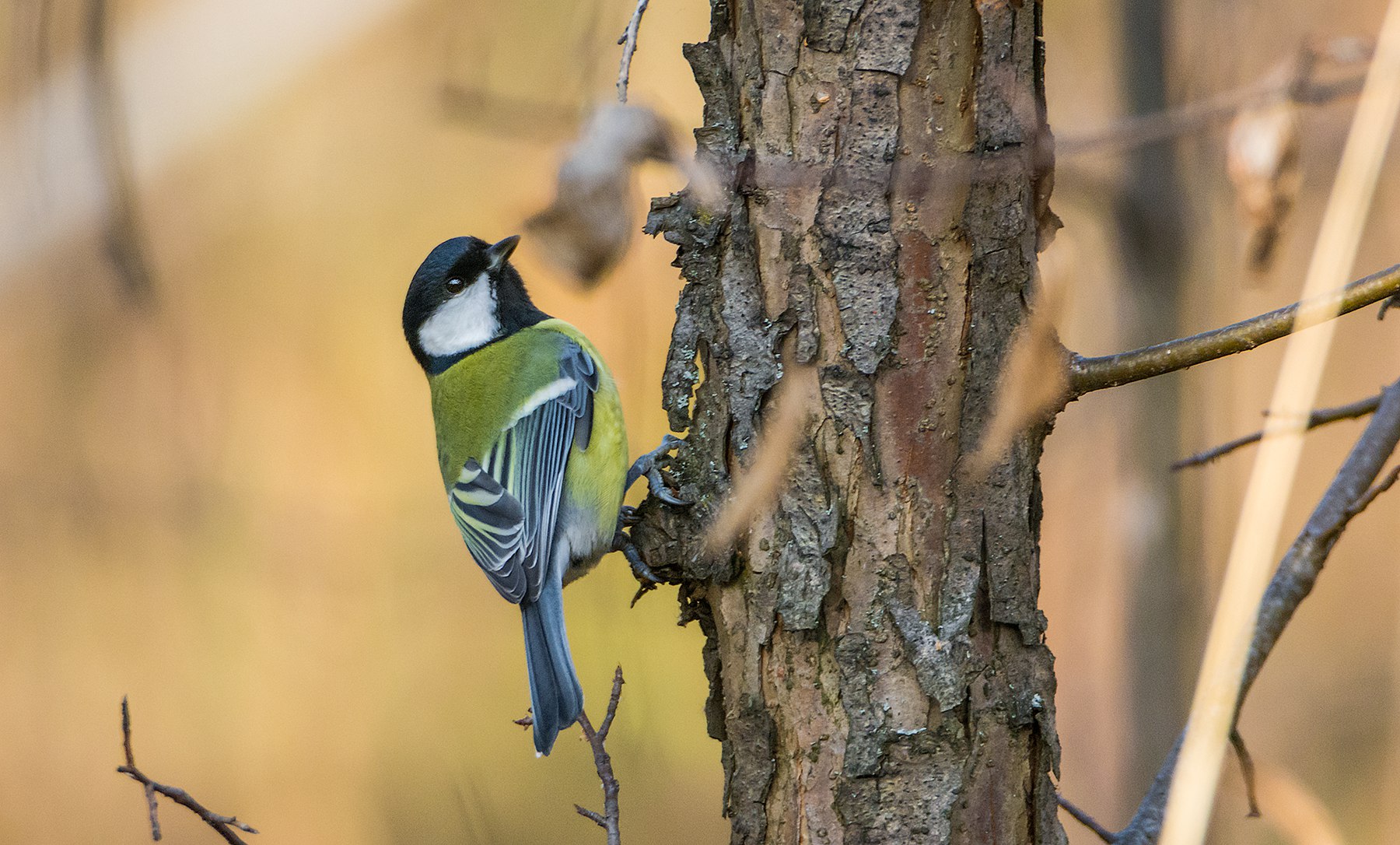
The great tit (Parus major)
Of course, these birds are the most numerous in the whole flock. They often shout and jump on branches in search of food. But they are not quite constant in the flock, because in the winter they tend to be closer to people and fly into cities yards.

The Eurasian nuthatch or wood nuthatch (Sitta europaea)
These guys are also quite numerous. They often call each other and listen to the voices of the other birds. By hiding food supplies they help the rest of the bird survive in the winter when they find their food supplies this.
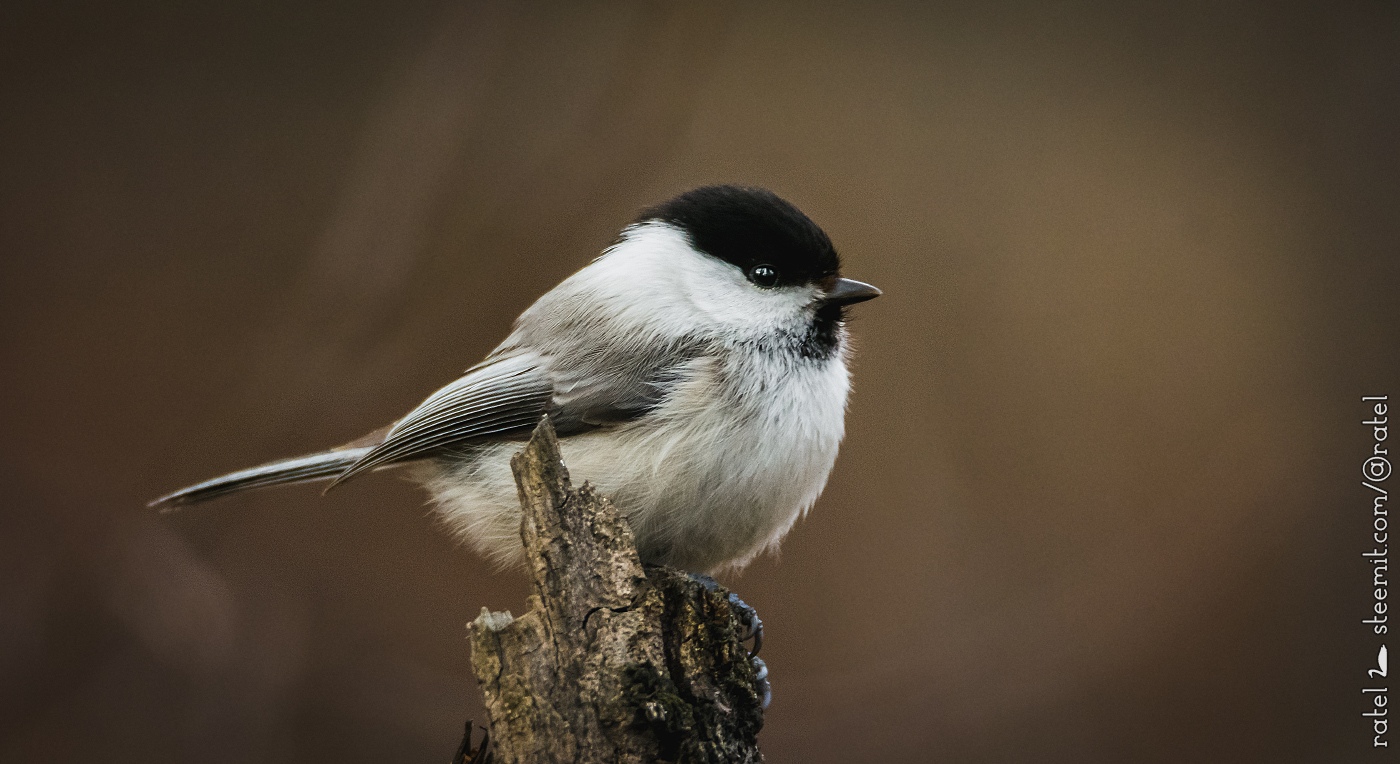
The willow tit (Poecile montanus)
These noisy tits just love to explore the stocks of the nuthatches thanks to their dexterity. But sometimes they themselves also make them, but not so often.
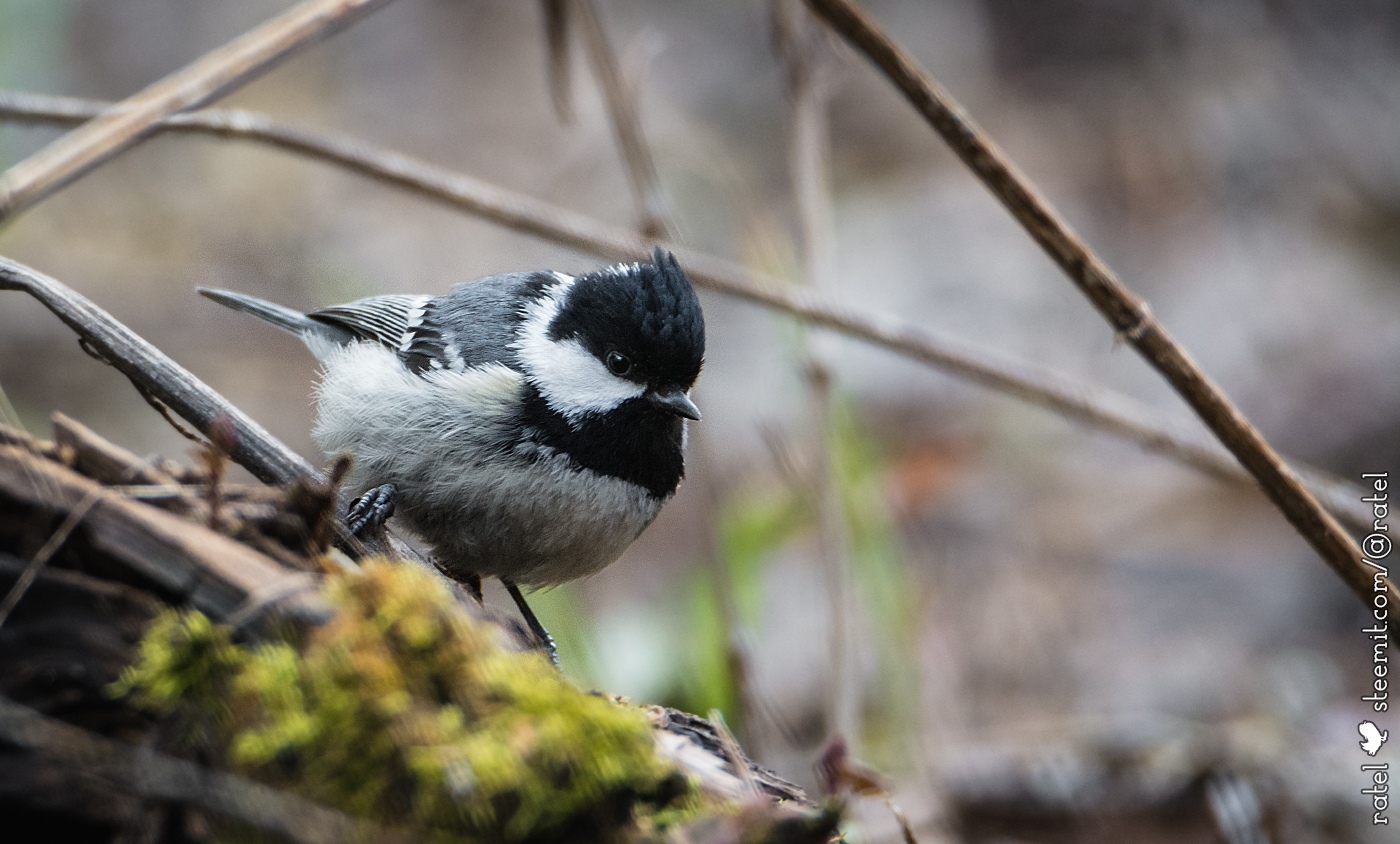
The coal tit ( Parus ater)
Another titmouse, as you can see, the majority of birds from this flock are - Paridae.
These are one of the smallest tits, not always found, because they prefer coniferous forests.
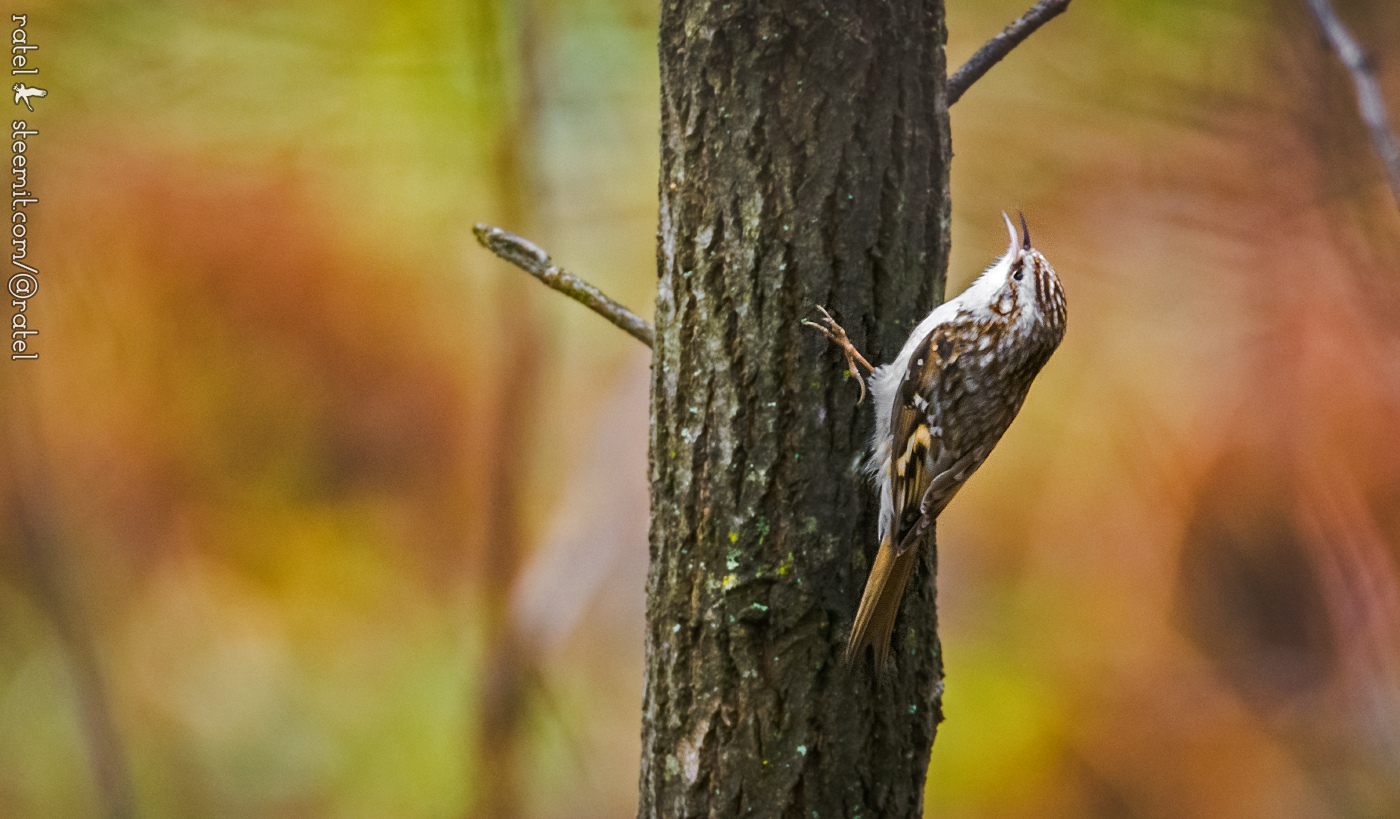
The Eurasian treecreeper or common treecreeper (Certhia familiaris)
And you will not meet this bird on feeding troughs in the city. She is insectivorous, see how long and thin her beak is? She will not be able to peck seeds and nuts, but she is able to pull insects from under the bark of a tree, like tweezers. Therefore, in winter sheis harder for all other birds. Sometimes she is forced to explore the places under the feeders in the forest to find very small seeds that she can swallow.
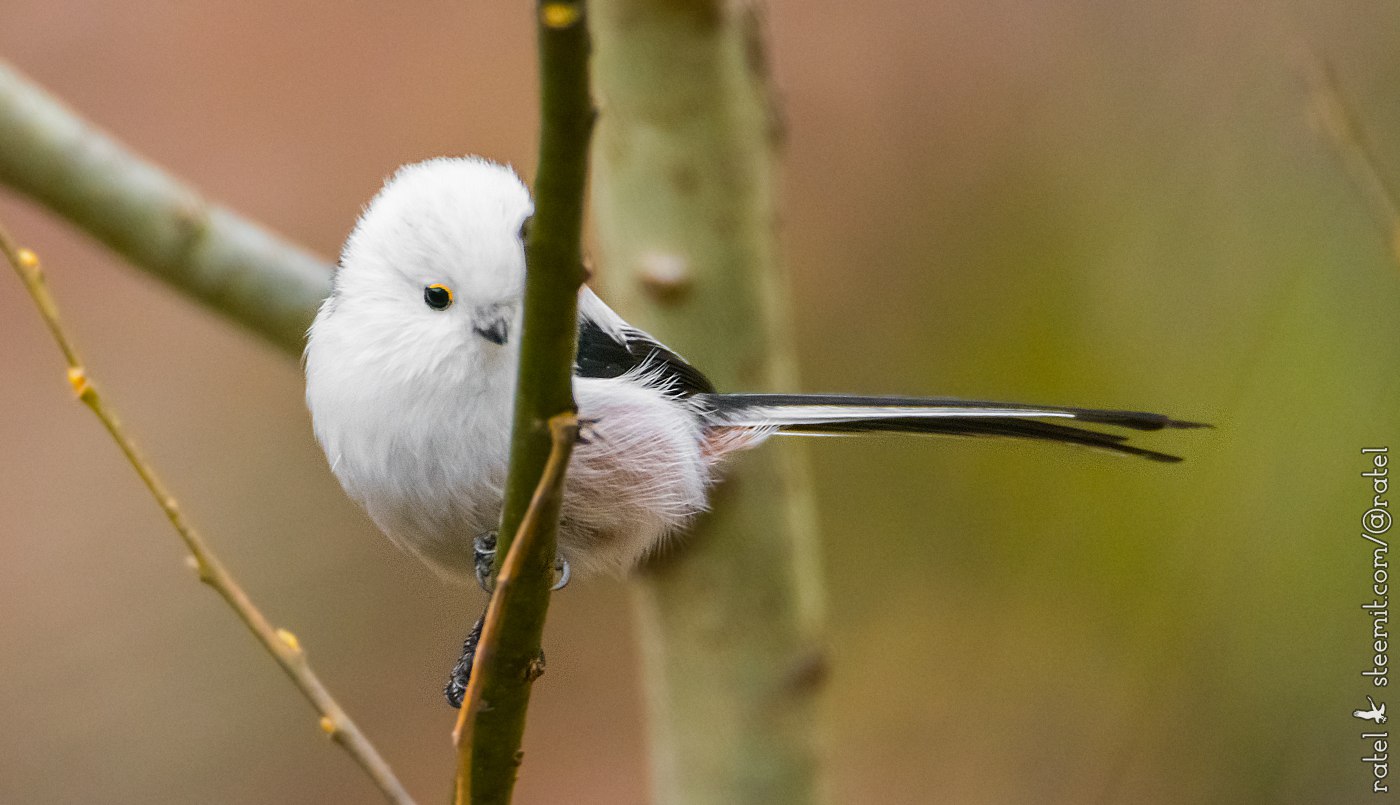
The long-tailed tit or long-tailed bushtit (Aegithalos caudatus)
Do not be confused by the name of this bird. It does not apply to Paridae, except perhaps by its name. These are very sociable and friendly birds, it is natural for them to be in company.
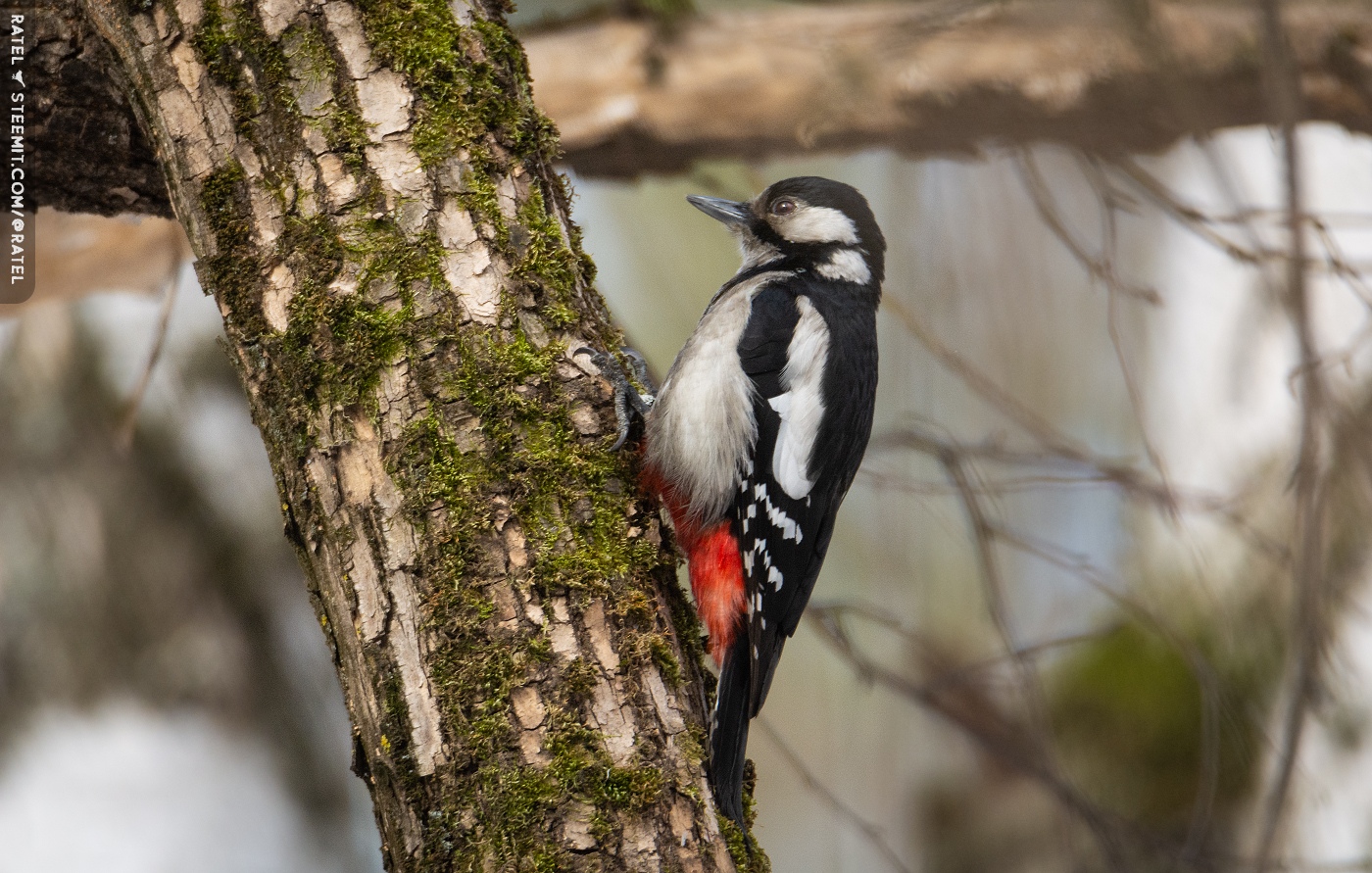
The great spotted woodpecker (Dendrocopos major)
In general, many species of woodpeckers participate in the flock, both great spotted and lesser, and white-backed, and three-toed.

The common chiffchaff (Phylloscopus collybita), or Siberian chiffchaff (Phylloscopus tristis Blyth)
If the autumn is warm, then in October you can meet this bird in a flock. In our country this rarely happens in Siberia. Usually these birds have time to fly away due to weather. But if they remain, then join the mixed flock. They examine the bushes for the presence of small frost-resistant insects, and also eat berries.
***
So why do all these birds come together?
I did not meet a clear answer.
Knowing the behavior of birds, I would say that on the contrary it is worse for them. For example, great tits and nuthatches do not tolerate their own kind, they are "misanthropes" if I may say so, and often fight each other for territory and personal space.
I think the formation of a large number of birds contributes to an internal sense of security. For example, if one bird reports a danger, then some birds check this information, that is, they need more confirmation. In addition, they look at each other, who finds food where. If several birds hang on the same branch, then you need to join them, because there is definitely food there.
I also have a theory regarding the participation of woodpeckers. In woodpeckers, in my opinion, the sense of caution and attention is less developed, so he may not notice the danger and become a victim of a predator. Therefore, he listens to the rest of the small birds, which are very bright and sharply react to hostility. And those small birds, in turn, examine the pieces of bark and wood chips remaining after the peck of woodpeckers, because they may contain hidden insects which the woodpecker did not notice.

 )
)
I like the treecreeper and the long tailed tit the most, but they are very seldom here in austria and therefor very difficult to take a picture of. Now when the temperatures are getting hotter and hotter in summer it is much more difficult because most of the time the birds hide and they only come out for drinking water and looking for food in the morning and the evening.
Yep, you're right. I would add that they are almost all day busy searching for food for nestlings, or building a nest.
Congratulations @ratel! You have completed the following achievement on the Hive blockchain and have been rewarded with new badge(s) :
You can view your badges on your board And compare to others on the Ranking
If you no longer want to receive notifications, reply to this comment with the word
STOPTo support your work, I also upvoted your post!
Support the HiveBuzz project. Vote for our proposal!
Excellent photos and great info! Very interesting theories that can only come from someone who spends much time observing their behavior. !tip
Thank you! :)
🎁 Hi @ratel! You have received 0.1 HIVE tip from @melinda010100!
@melinda010100 wrote lately about: Alphabet Hunt-Letter H Feel free to follow @melinda010100 if you like it :)
Sending tips with @tipU - how to guide.